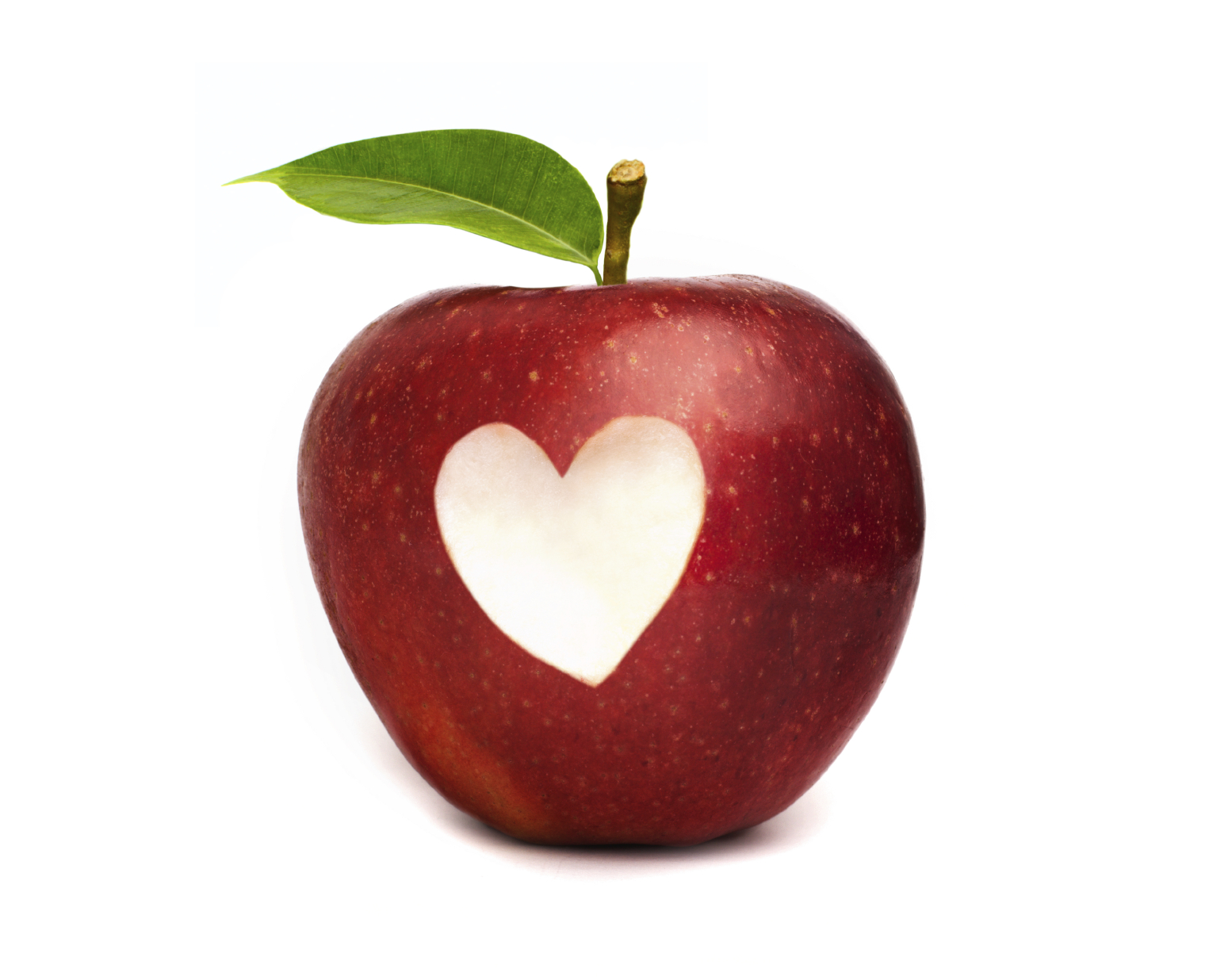You’ve probably been hearing it since you were a little kid: “Eat your fruits and veggies!” Mom and Dad definitely had some good advice for you; regularly eating fruits and vegetables is an investment in your long-term health. Fruits and vegetables provide essential vitamins and minerals, plus fiber, all of which are beneficial to your health. In fact, research shows that diets rich in fruits and vegetables may reduce the risk of developing chronic diseases and cancer.
Although there are lots of good reasons to eat plenty of fruits and veggies, many people don’t eat enough of them. Luckily, adding more fruits and vegetables to your meals and snacks can be both easy and inexpensive due to the wide variety of choices available, such as fresh, frozen, canned and dried fruits or veggies as well as 100% fruit and veggie juices.
This month is National Fruits & Veggies – More Matters month. In honor of this month, check out some of our ideas on how to incorporate more fruits and vegetables into your diet.
• Get a healthy start to your day. Eating a healthy breakfast will help you keep your energy levels up for the rest of the day. Try adding some berries to your yogurt, or top your toast with jam made from 100% fruit and no added sugars. A bowl of whole grain cereal and skim milk with fruit of your choice (such as berries, sliced peaches or raisins) is another great breakfast idea.
• Shake it up. Using a blender, make a shake with fresh yogurt and various fruits like bananas, berries, or both!
• Stock up. Frozen vegetables are quick and easy to prepare. Just pop them in the microwave or steam/ boil them on the stovetop. There are tons of different veggies to choose from, and they’re inexpensive. Serve them as a side dish with a meal, or make them part of the main dish. Toss veggies with whole-grain pasta and grilled chicken for a healthy pasta primavera, or make vegetable lasagna instead of traditional lasagna.
• Be pre-prepared. Using pre-cut, pre-washed bagged salads can cut down on dinner prep time while increasing your veggie intake. Add some protein to the salad like chicken or tuna, and you have a quick healthy meal.
• Beat the 3:00 slump. Looking for a healthy afternoon snack that’s easy to take to work? Cut up some fresh fruits and vegetables. Some yummy ideas: carrot sticks, sliced cucumbers, or celery sticks. Whole fresh fruits, like bananas, apples, oranges and pears, are easily portable and are a simple snack. Or try dried fruits, like dates, raisins, figs and cranberries; since they don’t need to be refrigerated, you can keep them in your desk.
• Veggies go with everything. Try putting new vegetables, or even fruit, on your sandwich. Add some lettuce and tomatoes to your sammie and give it an extra twist with cucumbers, sprouts, avocado, or red and green peppers. Want to add something sweet or a little tart? Try slicing apples, strawberries, melon or pears for a fun addition to your sandwich. With so many different combinations to choose from, you won’t have to worry about getting bored by your daily sandwich!
• Choose fresh over fried. When you’re eating out, rather than having a side of French fries with your meal, opt for a healthy salad or steamed veggies.
• Add some zing to your beverage. Try flavoring your water with fruit. Add a splash of lemon or lime juice, or infuse your water with berries. Or, go the veggie route—place a few thinly-sliced cucumbers in your ice water for a truly refreshing drink.
Interested in learning more ways to add fruits and vegetables to your diet? If you have access to a wellness coach through a service like Health Advocate, give your coach a call and ask for ideas.
Other helpful resources:
Centers for Disease Control and Prevention (CDC). This site gives basic facts about nutrition. Go to www.cdc.gov/nutrition/everyone/basics/index.html
United States Department of Agriculture (USDA). This site provides practical information and tips to help Americans build healthier diets. Go to www.choosemyplate.gov
The Department of Health and Human Services (HHS) and the Department of Agriculture (USDA) published Dietary Guidelines for Americans, which provides advice on good dietary habits. Go to www.health.gov/dietaryguidelines



